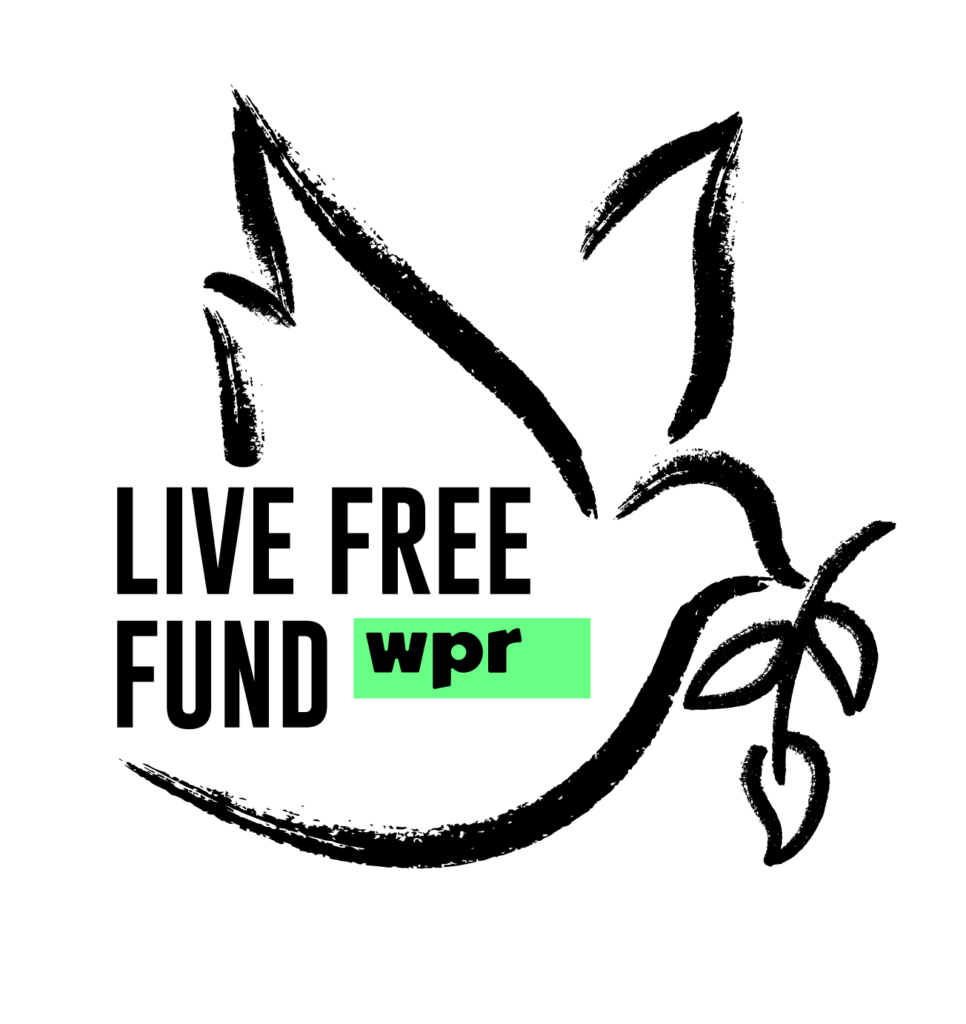KONNICHIWA JAPAN
My dream to visit Japan goes back a long way. So, I’ll start at the beginning of this story. In my mid-twenties, I’d turned a negative situation – being made redundant – into a positive when I decided to go to university as a mature student to study history.
Going to uni was life changing for me and, as I neared the end of my degree, I set my sights on the next step in my adventure: living and working in Japan. I was fascinated by the country’s unique culture and history so, in tandem with my uni studies, I completed a TEFL course (Teaching English as a Foreign Language), with a view to moving to Japan as an English teacher.
I was offered two jobs, one in Taiwan and one in Japan, and was in the process of making plans to go when my mother was diagnosed with terminal liver cancer. She passed away just two months later and, in what was an incredibly difficult time for our family, I made the decision to stay in the UK. It was the right decision and not one I regretted, but it was undoubtedly a sliding doors moment.
Over the subsequent decade, I’d thought often about Japan and what path my life might have taken had I moved there. Then, with my 40th birthday approaching, I was reflecting on what I’d done and what I’d love to do in the future, when Jane’s email about the Live Free Fund arrived in my inbox. The timing felt fortuitous, and I asked myself “if not now, when?”. But I was still amazed when Jane phoned to say I’d been successful and my trip to Japan was finally going to happen.
Travelling with two friends, former bandmates Andy and Shent, the highlights of our three-week trip around Japan – taking in Tokyo, Kyoto, Osaka, Hiroshima, Kanazawa and Nara – are almost too numerous to list.
We began in Tokyo, which is an incredible city; so massive and diverse that it’s hard to believe the different districts are all connected to the same place. As someone who is into gaming, Akihabara was a must-see and fulfils all the stereotypical images of Japan with its neon lights and arcades. But I loved the contrast of the peaceful parks and gardens scattered throughout the city, which offered welcome respite from the unrelenting heat and humidity which we never fully acclimatised to.
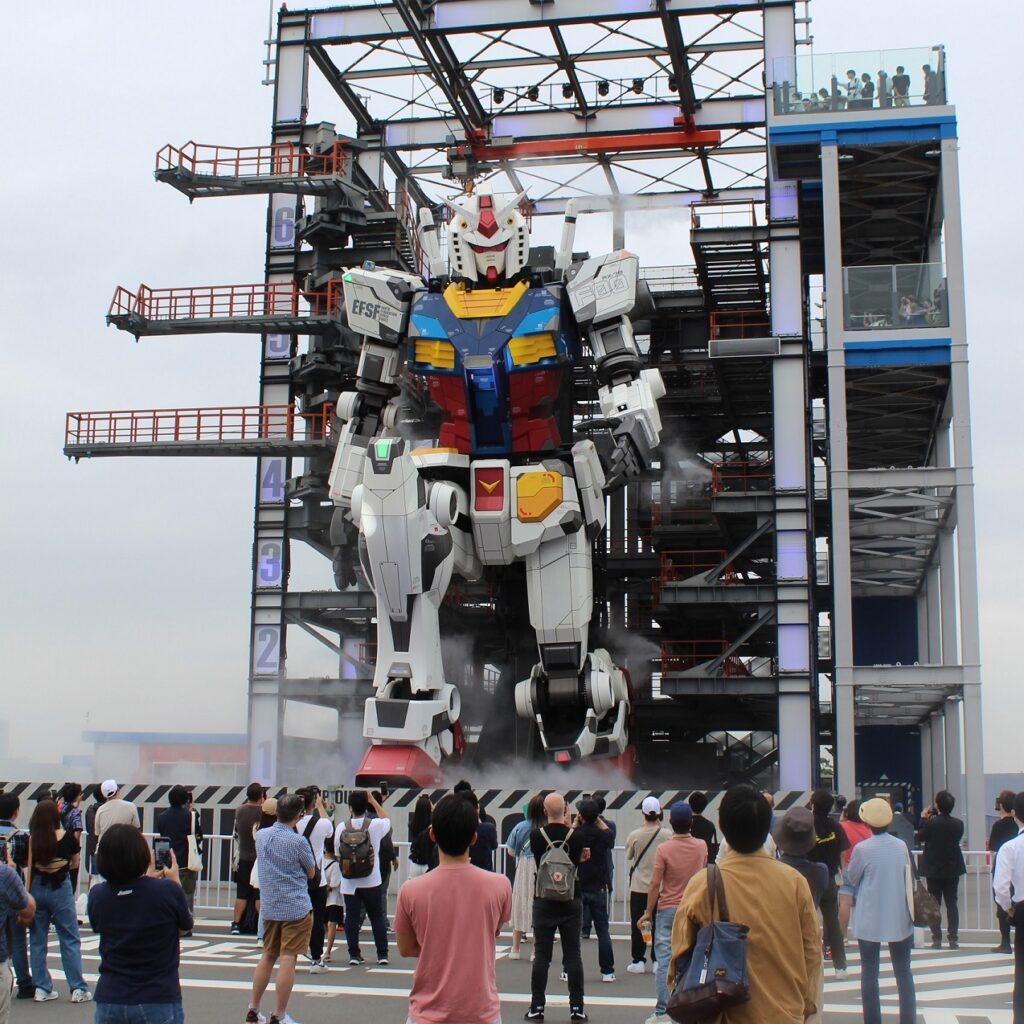
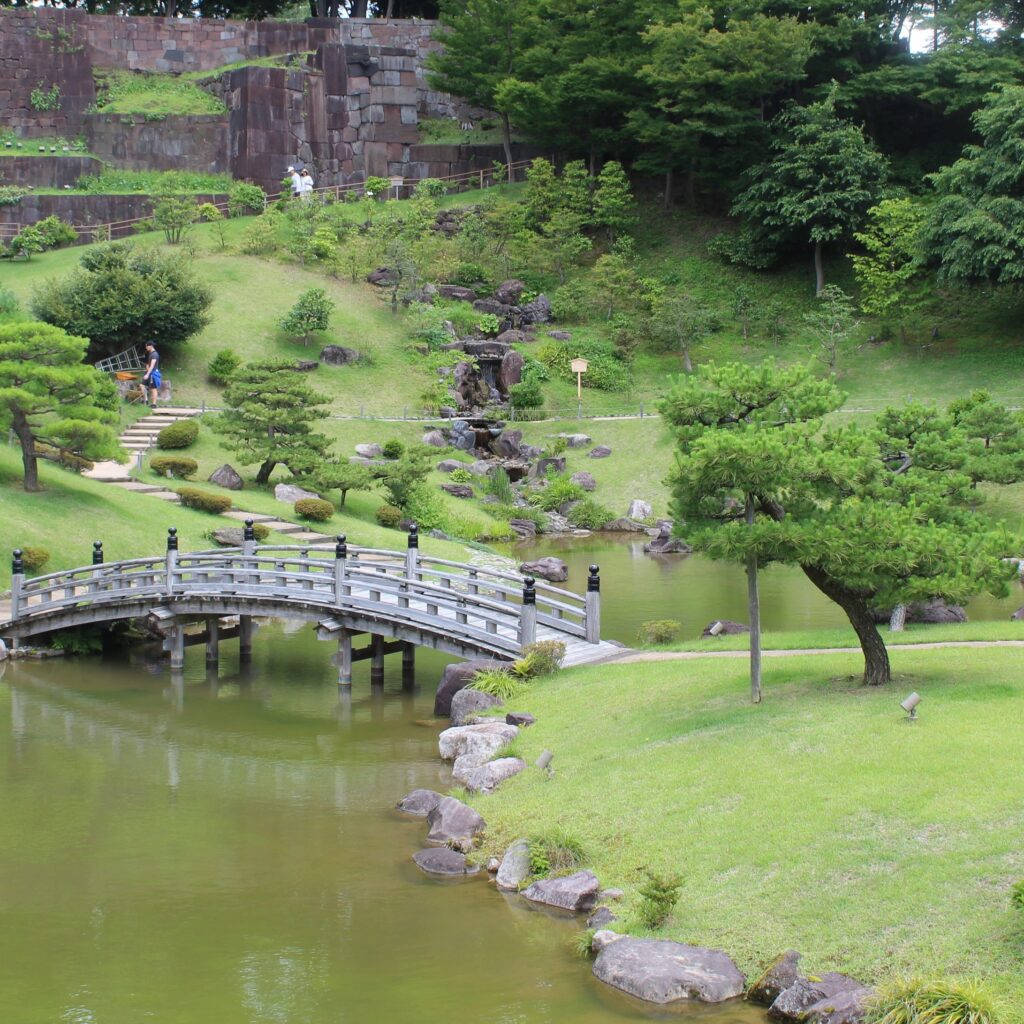
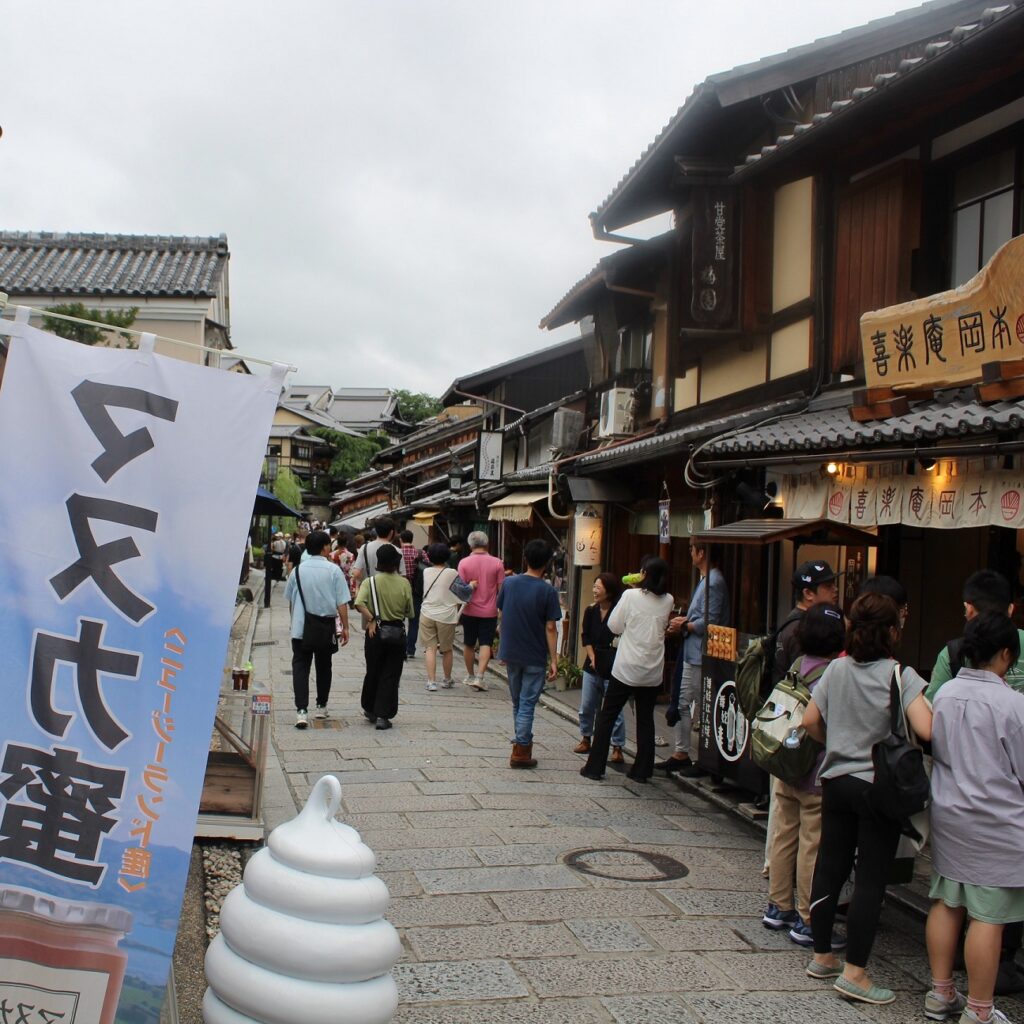
In Kyoto we joined the throngs of tourists exploring the city’s historical sites and appreciated some of the best food we had on the whole trip. In a moment I’ll always remember, a group of school children stopped me at one of the temples to try out their English. After chatting for a while and having a photo taken, I thought little more of it. But a few minutes later they returned to present me with origami figures they’d made to say thank you; it probably seemed a small gesture to them but it’s a memento I’ll always treasure.
We liked Osaka so much we went twice. With its arty vibe and more modern feel, we really enjoyed soaking up the atmosphere as locals relaxed and unwound after work. It was also in Osaka that I got my tattoo, which led to another amazing moment. I chose the tattoo design to represent one of my favourite video games, Resident Evil 2, which was made in Osaka. While we were in the city, we visited an American-owned rock bar and I got chatting to a guy working with the owner. He asked about my tattoo and, unbelievably, revealed he had worked on translation from Japanese to English for the Resident Evil 2 remake. He even shared a photo of the tattoo with his colleagues on a WhatsApp group and, sure enough, they worked at Capcom.
I’ll never forget Nara, the incredible town and park known for its tame deer. The deer wander freely and, in keeping with Japanese culture, they’ve learnt to bow to people when you bow to them. As someone who grew up in cities and was genuinely surprised by how big cows are when I first saw one close up (at about the age of 20), being surrounded by these gentle creatures was a unique experience. Along with the unbelievable temples and statues in Nara, it was a truly magical place.
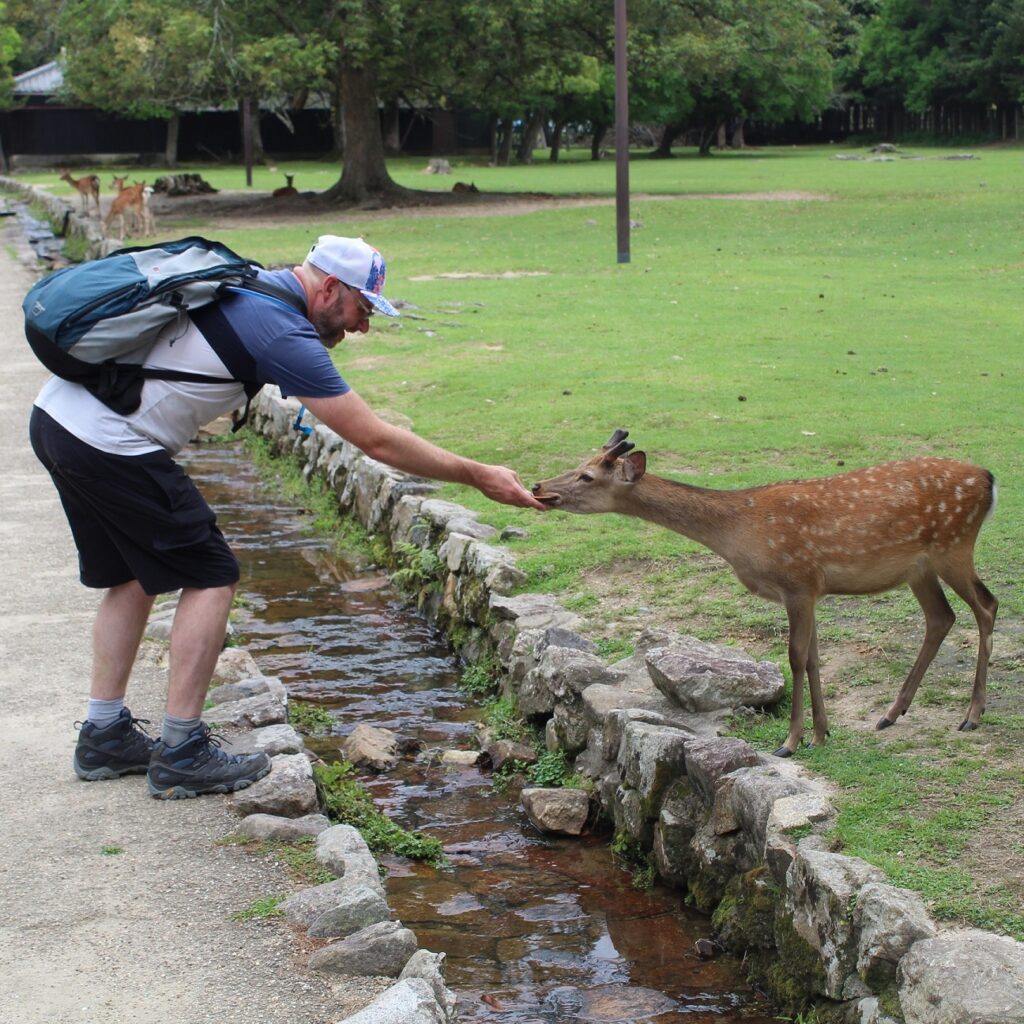
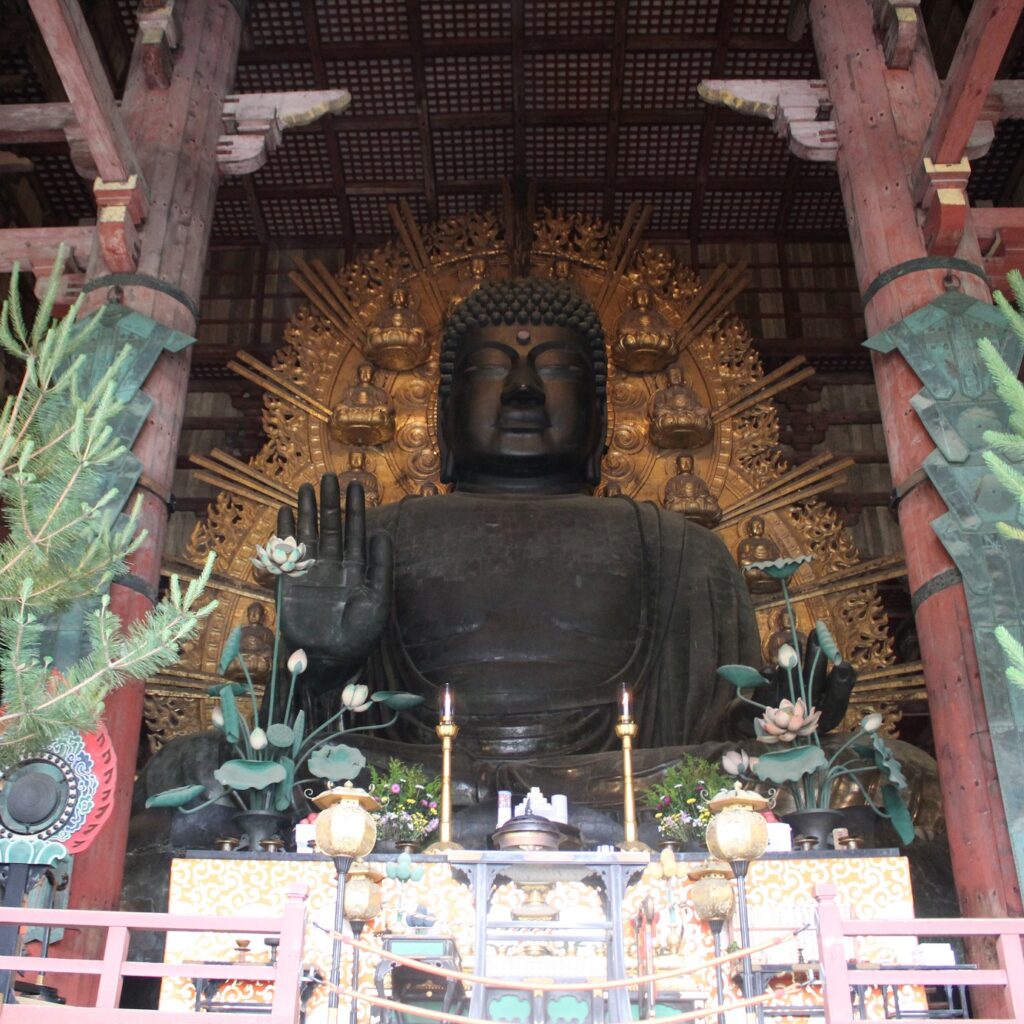
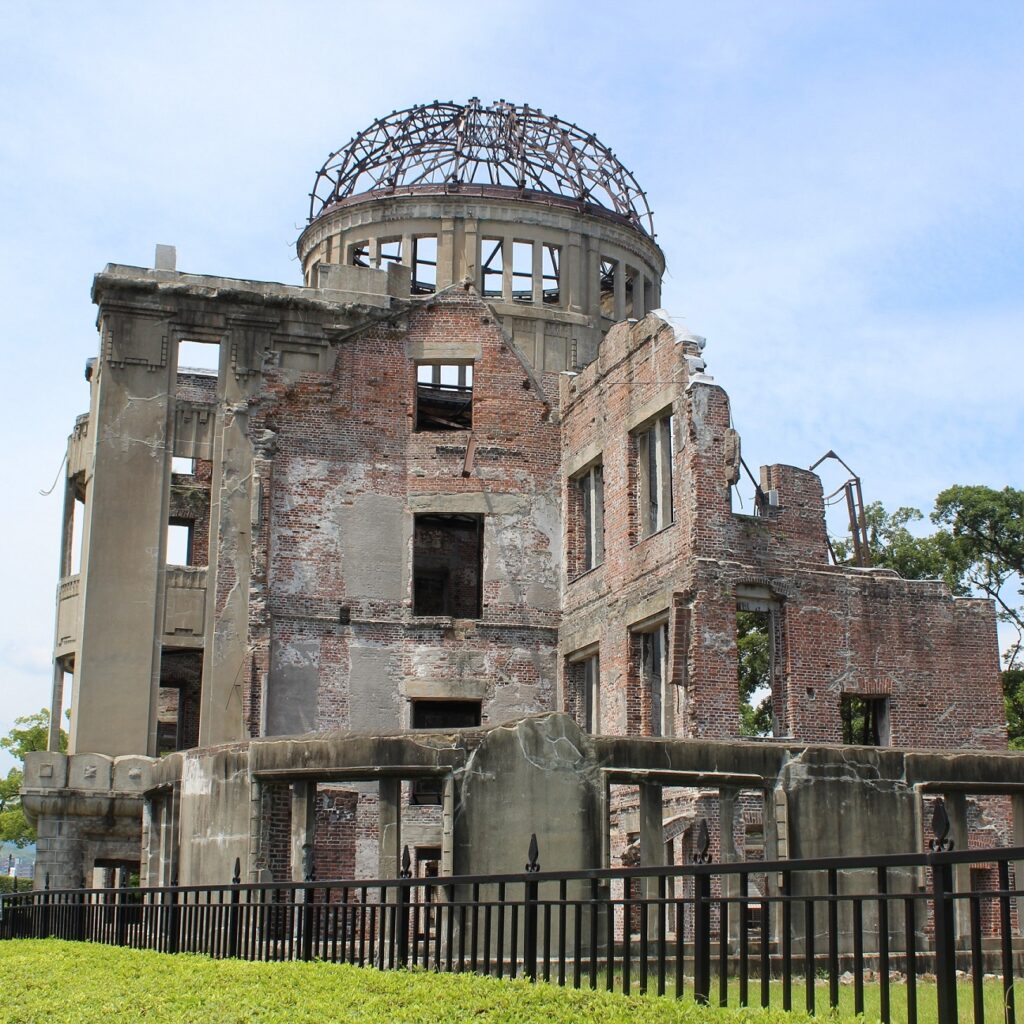
Having studied history, I had some preconceived ideas about what I expected to feel at Hiroshima. I’m grateful we went because it was eye-opening, educational, disconcerting and humbling in equal measures. We were just there for a day, mostly spent at the museum, but I came away thinking how important it is that these places are preserved so that we never forget the consequences of the actions we take as humans.
Among all these mind-blowing places, my favourite was Kanazawa. In contrast to the frenetic pace and hordes of people everywhere else, it felt like there was barely anyone there. With its quiet, narrow side streets that look as if they haven’t changed in centuries, it reminded me of the quirkiness of York’s medieval snickelways but with a distinctly Japanese twist.
After so many years of imagining what Japan would be like, experiencing it first hand was surreal. It exceeded all my expectations and I have come back feeling mentally lighter, as if something I’ve been carrying around for a long time has been lifted off my shoulders. I will undoubtedly go back. It felt like home, other than the weather!
About WPR’s Live Free Fund
The Live Free Fund was established in 2021 in memory of much-loved colleague Zara Free.
Inspired by Zara’s passion for living life to the full, the Live Free Fund exists to make life-enriching experiences possible for members of the WPR team, creating opportunities for them to to broaden their horizons and grow as individuals.
Whether gaining a new skill or qualification, or making a once-in-a-lifetime trip across the world, the Live Free Fund encourages people to embrace things outside their comfort zones, keeping Zara’s spirit of curiosity and adventure alive at WPR.
